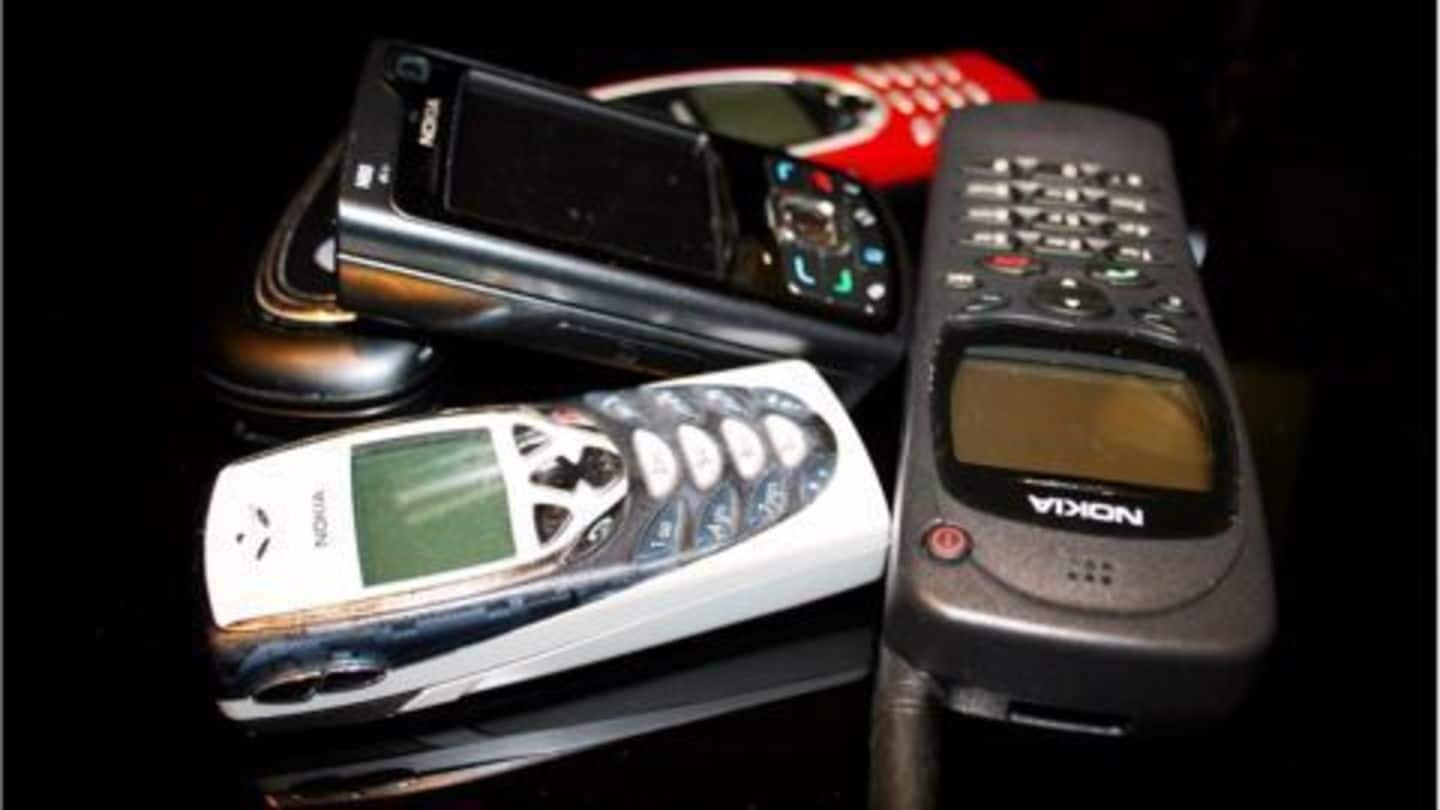
Setting up microfactories to recycle e-waste
What's the story
Several studies revealed old cellphones, tablets, computers and other electronic waste could be converted into "gold mines". Veena Sahajwalla, Director of the Centre for Sustainable Materials Research & Technology at the University of New South Wales, explained how we could make use of e-waste. Her solution involves microfactory: a recycling and reclamation system, small and efficient enough to be set up across the globe.
Quote
Veena Sahajwalla's statement
"If everyone has to do it (converting e-waste into valuable materials), we can't think about large smelters - we need to see this as decentralized and distributed manufacturing, where the resource and inputs are things that we all hold in our hands."
E-waste
Amounts of valuable materials found in each phone are small
Microfactories enable local recycling of electronic waste and could be apt into manufacturing systems using reclaimed resources. E-waste consists of metals like iron, silver, gold, copper, platinum, palladium, rare earth elements, glass, and plastic. Amounts found in each phone are small - 0.034 gm of gold - but they quickly add up considering that over 42 million tonnes of e-waste was generated in 2014.
Microfactories
Pre-programmed automated drones would pick circuit boards from e-waste
Reportedly, most of the e-waste is shipped around the world for processing in places like Guiyi in Southeastern China - one of the most polluted places in the world. According to Sahajwalla's vision of the microfactories, pre-programmed automated drones would pick out circuit boards or other such items from e-waste. The boards are then put into a small furnace to extract valuable materials.
Quote
Microrecycling, the new scientific paradigm
Veena Sahajwalla said, "Microrecycling is the new scientific paradigm. Conventional recycling works for the macro-scale but we need to look at the micro-scale, for example where you have mixtures of copper and nickel and zinc together."
Valuable resources
Microfactories create jobs and local resources
Sahajwalla said microfactories create jobs and local resources; they create entirely new small-scale industries by using the resource outputs. They also give existing small businesses the chance to carve new niches. She said small-to-medium enterprises, hungry for innovative solutions, have given good feedback. Embedded resources from e-waste are expected to be worth $52 billion; extracting them from the earth is harder compared to e-waste.
Easy Approach
Microfactories make extracting rare earth elements from e-waste easy
Microfactories make extracting rare earth elements from e-waste easy compared to previous approaches. In e-waste materials like hard-drives, rare earth elements are combined with iron, which aren't easily recyclable. Sahajwalla wants to make the energy inputs into the microfactories as sustainable as possible. Avoiding the energy-intensive transportation of waste in the world, she sees the microfactories as the embodiment of decentralized and distributed marketing.